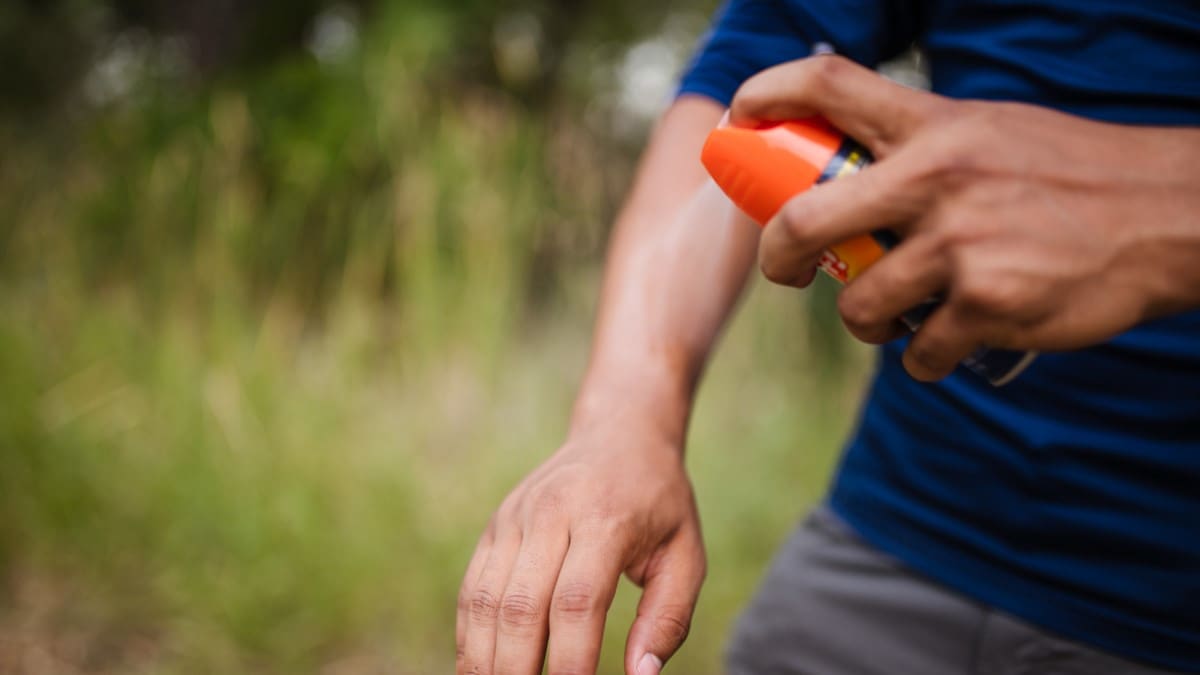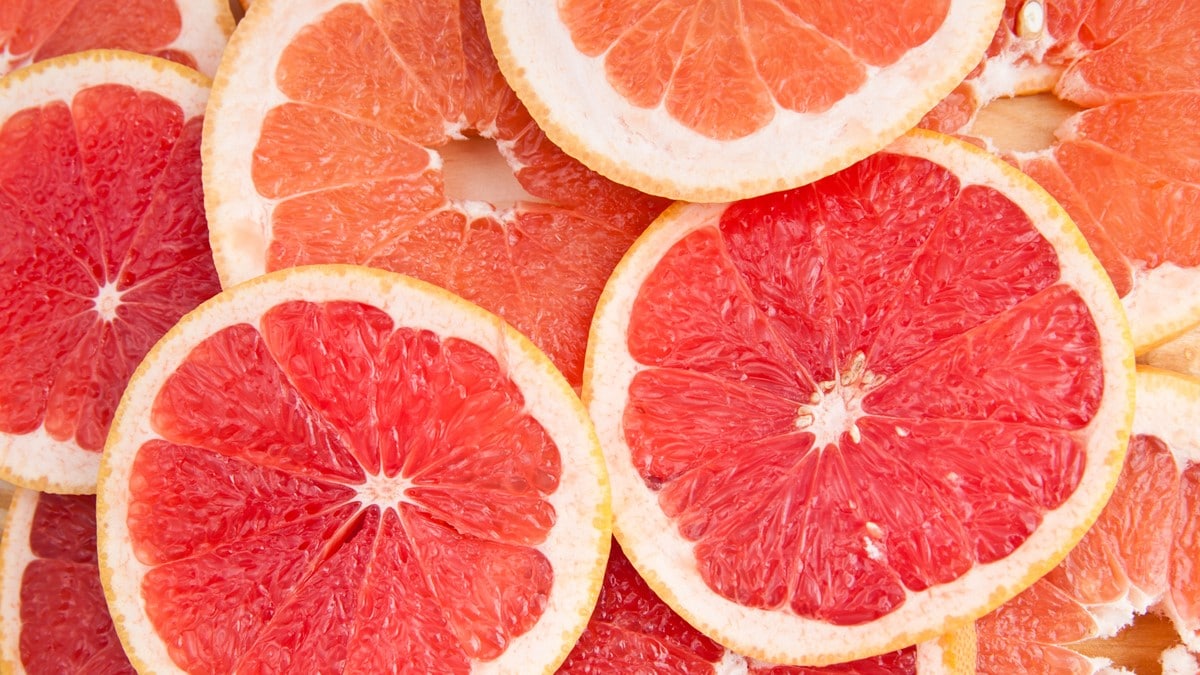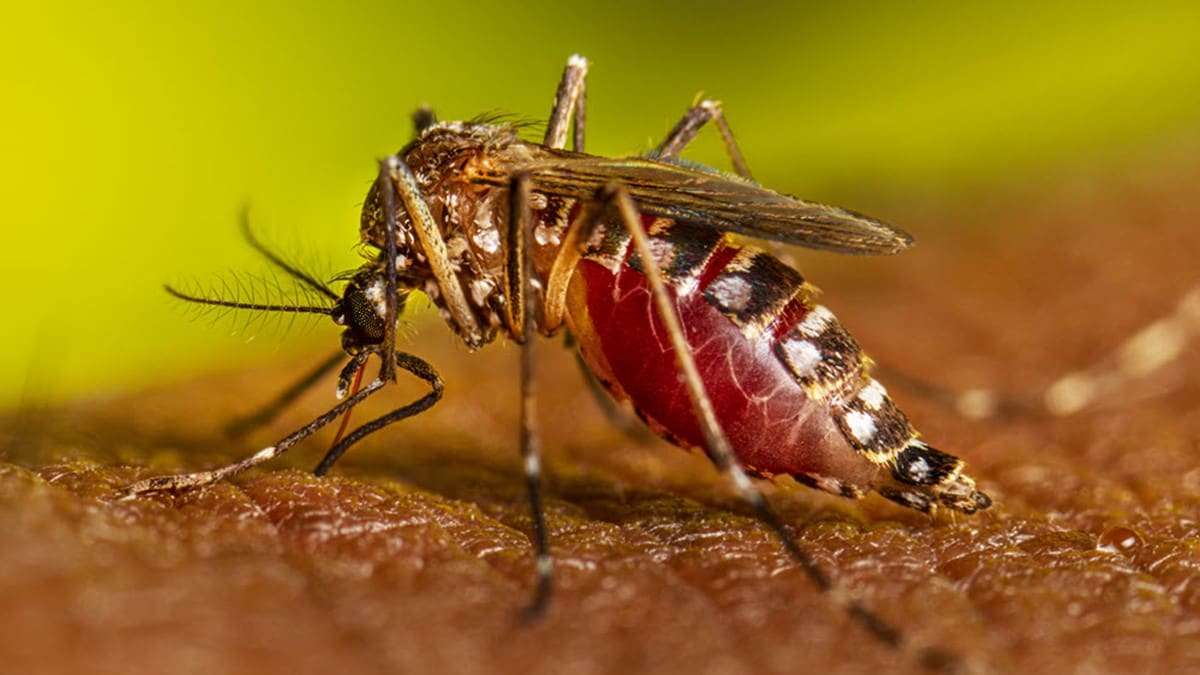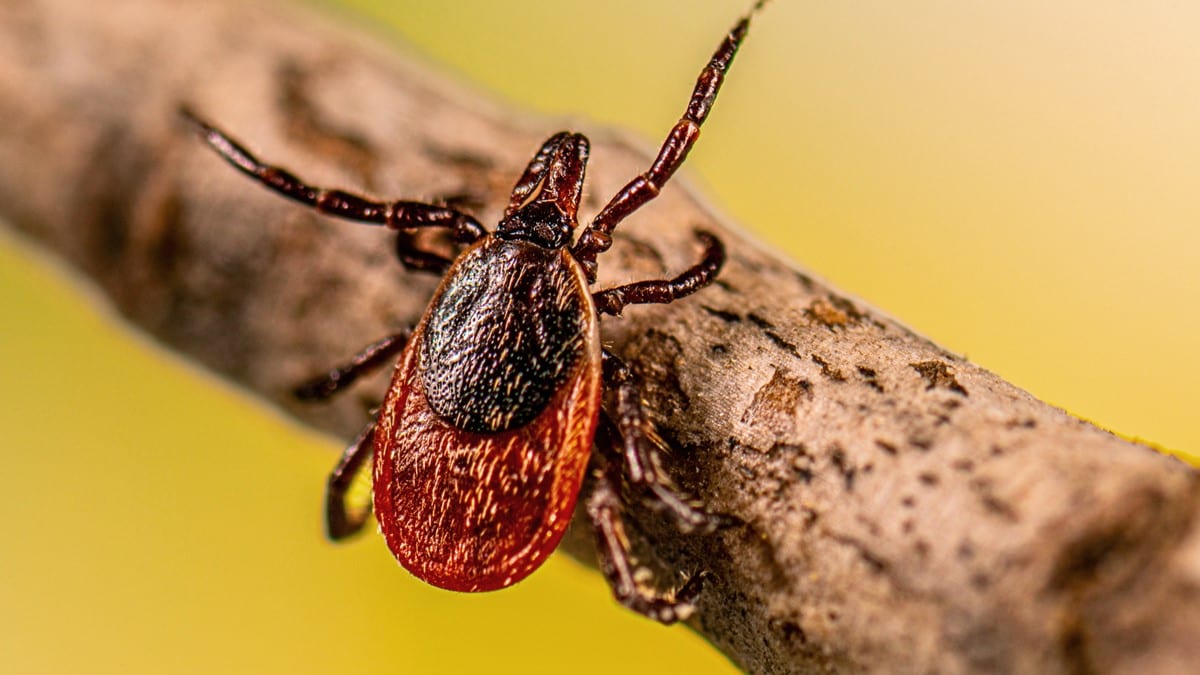What to know
- Nootkatone is an active ingredient that can be used for developing insect repellents and insecticides.
- Environmental Protection Agency (EPA) registration paves the way for manufacturers to develop nootkatone-based products for consumers to buy, including repellents, lotions, and soaps.

Overview
Every state and U.S. territory is at risk for vector-borne diseases (VBDs). The number of reported VBD cases doubled from 2004 to 2018. Tickborne diseases represent almost 80 percent of reported VDB cases in the contiguous United States. Ten vector-borne pathogens were newly identified in the United States in the past 16 years, including chikungunya virus, Zika virus, and six tickborne pathogens.
For various reasons, many people don’t like to use insect repellents. To address mosquito- and tickborne disease threats, products that people accept and are willing to use to protect themselves from bites are needed. In addition, mosquitoes are becoming increasingly resistant to insecticides. New publicly supported insecticide options are necessary.
On July 20, 2020, the EPA announced registration of nootkatone for manufacturing use into insecticides and repellents. CDC was instrumental in early efforts to demonstrate that nootkatone can repel and kill arthropod vectors, including mosquitoes and ticks. Building on CDC's earlier work, a collaboration between CDC, the HHS Biomedical Advanced Research Development Authority, and an industry partner, Evolva (later acquired by Danstar Ferment AG), resulted in EPA registration of nootkatone as a biopesticide. This makes possible the development of nootkatone-based products targeting mosquitoes and ticks. CDC and Evolva jointly own patents for the use of nootkatone to repel and kill arthropod pathogen vectors.
About nootkatone
- A compound found in minute quantities in Alaska yellow cedar trees and grapefruit skin.
- Able to repel and kill ticks and insects, including mosquitoes.
- Responsible for the characteristic smell and taste of grapefruit.
- Widely used in the food industry to flavor foods.
- Widely used in the fragrance industry to make perfumes and colognes.
- Lasts on skin and clothing for several hours.
- Currently used in citrus-smelling shampoos, conditioners, and lotions.

Nootkatone is an active ingredient
- Nootkatone is an active ingredient. It is not an end-use (brand name) product.
- Active ingredients are what make end-use products effective.
- As an example, DEET is an active ingredient that is used in many brand name insect repellents.
Novel mode of action
- Nootkatone appears to kill biting pests in a unique way, different from other insecticides already registered by the EPA, including pyrethroids, organophosphates, carbamates, and cyclodienes.
- Insecticides made with nootkatone may help in the fight against mosquitoes that have become resistant to existing insecticides.
Photos



References
- Anderson JA, Coats JR. Acetylcholinesterase inhibition by nootkatone and carvacrol in arthropods. Pestic Biochem Physiol. 2012;102(2):124-8.
- Dietrich G, Dolan MC, Peralta-Cruz J, Schmidt J, Piesman J, Eisen RJ, et al. Repellent activity of fractioned compounds from Chamaecyparis nootkatensis essential oil against nymphal Ixodes scapularis. J Med Entomol. 2006;43(5):957-61.
- Dolan MC, Dietrich G, Panella NA, Montenieri JA, and Karchesy JJ. Biocidal activity of three essential wood oils against Ixodes scapularis (Acari: Ixodidae), Xenopsylla cheopis (Siphonaptera: Pulicidae), and Aedes aegypti (Diptera: Culicidae). J Econ Entomol. 2007;100(2):622-25.
- Dolan MC, Jordan RA, Schulze TL, Schulze CJ, Manning M, Ruffalo D, et al. Ability of two natural products, nootkatone and carvacrol, to suppress Ixodes scapularis and Amblyomma americanum (Acari: Ixodidae) in a Lyme disease endemic area of New Jersey. J Econ Entomol. 2009;102(6):2316-24.
- Dolan MC, Panella NA. 2011. Research and development of all natural, plant-derived insecticides, pesticides, and repellents for the control of disease-vectoring arthropods of public health importance. ACS Books. Recent Developments in Invertebrate and Vertebrate Repellents. Eds G. Paluch and J Coats.
- Jordan RA, Dolan MC, Piesman J, and Schulze TL. Suppression of host-seeking Ixodes scapularis and Amblyomma americanum (Acari: Ixodidae) nymphs after dual applications of plant-derived acaricides in New Jersey. J Econ Entomol. 2011;104(2):659-64.
- Jordan RA, Schulze TL, and Dolan MC. Efficacy of plant-derived and synthetic compounds on clothing as repellents against Ixodes scapularis and Amblyomma americanum (Acari: Ixodidae). J Med Entomol. 2012;49(1):101-6.
- McAllister JC, Adams MF. Mode of action for natural products isolated from essential oils of two trees is different from available mosquito adulticides. J Med Entomol. 2014;47(6):1123-26.
- Norris EJ, Chen R, Li Z, Geldenhuys W, Bloomquist JR, Swale DR. Mode of action and toxicological effects of the sesquiterpenoid, nootkatone, in insects. Pestic Biochem Physiol. 2022;183:105085.
- Panella NA, Dolan MC, Karchesy JJ, Xiong Y, Peralta-Cruz J, Khasawneh M, et al. Use of novel compounds for pest control: insecticidal and acaricidal activity of essential oil components from heartwood of Alaska yellow cedar. J Med Entomol. 2005;42(3):352-58.
- Schulze TL, Jordan RA, and Dolan MC. Experimental use of two standard tick collection methods to evaluate the relative effectiveness of several plant-derived and synthetic repellents against Ixodes scapularis and Amblyomma americanum (Acari: Ixodidae). J Econ Entomol. 2011;104(6):2062-67.
